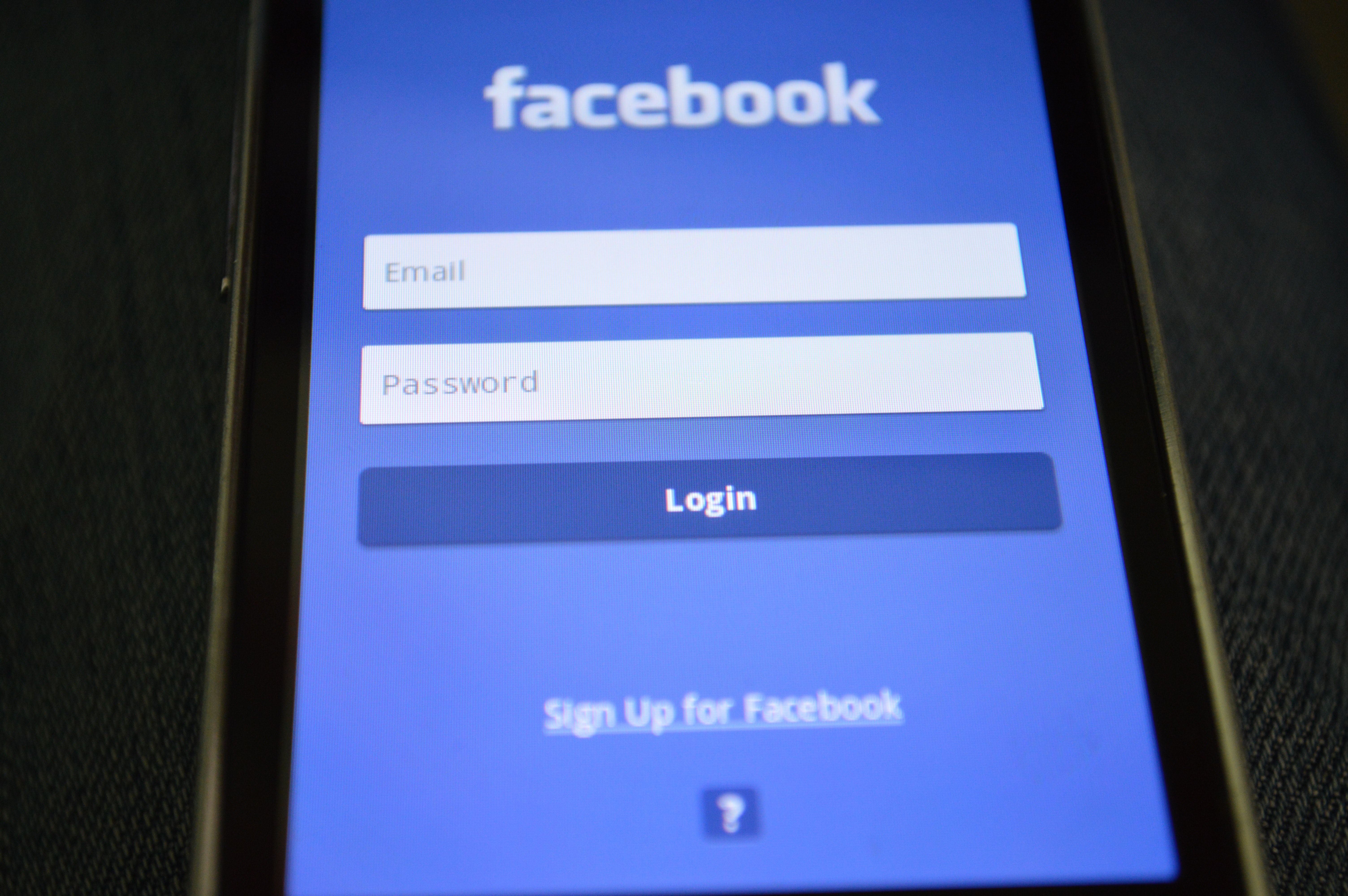Facebook Advertising is both popular and powerful. It is undoubtedly a fantastic tool that is used to promote a business, whether small or large.
The social platform is extremely impressive and influential for business growth. There are more than 2 billion active users, and within the past year, it has generated more than $15.28 billion in mobile advertising revenue. In addition, it captures more than 1 in 5 digital advertising spend dollars.
Although Facebook Advertising is a promotional tactic that works for many businesses, it does not mean that it will work the same for every business. In fact, many businesses approach Facebook Advertising differently, particularly based on their size, budget, and objectives.
It is true that 62% of small businesses fail at Facebook Advertising. However, if smaller-sized businesses altered their approach to Facebook Advertising, they would see revenue growth and audience advancement.
If you own a small business and want to advertise on Facebook, consider using the following tactics.
Get your Foundational Elements in Order
Before you begin, you should start by setting up your Facebook ad tools, calculating the lifetime value of your customer, and formulating a budget that fits your business.
If you do not already have an existing business page on Facebook, you will need to set one up. Once you have a page, we suggest that you use Business Manager to create an ad account.
In order to calculate the lifetime value of your customer, you can use these formulas:
- (Average Sale per Customer x Monthly Frequency) x 12 Months = Annual Customer Value
- (Annual Customer Value x 5 Years) x 2 Referrals = LTV
Once you have determined the lifetime value of your customer, you should formulate a budget-appropriate offer that you can promote on Facebook organically. For example, a rental shop could offer Facebook users a chance to win 15% off your next rental. Giving away this offer could lure in a new customer and would be worth the initial cost.
Create your Target Audience
Facebook Advertising makes it easy to target people who are actually interested in your product or service. Consider your ideal customer. What are their demographics? How many kids do they have? Do they live in the area? Are they active on social media? There are a number of questions to consider in order to understand your customer.
Identify who your customer is, by understanding the people that react to your messaging. When you fully understand your customers, you can better address their unique situations, which will improve your ad performance.
The next step is to create your custom audience. If you have an email list, it is easy to upload that file to Facebook and create a custom audience that you would like to target. You can also use this custom audience to create a lookalike audience, which means it is targeting people who are similar to the customers you already have.
Another option is to create a custom audience using the information that your existing Facebook page has creating based on engagement. To create this audience, open Business Manager and select Audiences in the Assets column.
Now that you have custom audiences to target, you can begin targeting your ads to people and get them to take action on your website.
Promote your Business with an Ad Through an Engagement Campaign
You want your audience to engage with your social media post. The Facebook algorithm will optimize your ad to receive the maximum number of impressions.
Engagement ads are similar to boosted posts, however, the drawback to boosting a post is that you are not able to target different audiences in your ads. You will be less likely to use the same post for website versions, therefore we recommend avoiding the use of the Boost button on your posts when you are looking to get people to take action on your website.
Instead, we recommend creating an engagement campaign and testing different audiences through Ads Manager. This way, you can test your ad with each of your custom audiences and determine which one generates the most engagement. Keep in mind, if one audience gives you better engagement, it does not mean it will deliver more sales.
When you run an engagement ad, it is not only going to generate more sales but it is also social proof. When you target a cold audience, you are creating the feeling that you have customers that are waiting outside the door at all times.
Deliver your Ad Through a Website Conversion Campaign
Before you create a website conversion campaign, you must have the Facebook pixel installed on your website. This enables you to optimize your campaign and lead your audience to leave Facebook and go to your website. Typically, this leads to a higher cost.
After you have connected the pixel, the rest of the campaign will run similarly to the engagement campaign. We highly recommend that you use the same audience that you used in the engagement campaign.
Conclusion
Now that we have shown you the ropes and explained what each of the ad campaigns is, you will want to make sure that it is clear to the reader where you are sending them and what you are asking them to do. If they think they are clicking into a blog post and find themselves needing to fill out a form, they might get confused and frustrated.
Use the correct copy and make it clear to your audience. You want your first impression of your business to be both positive and persuasive.




